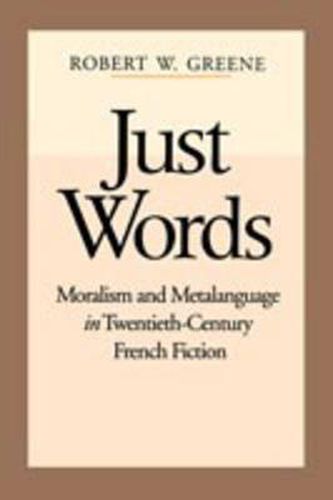Readings Newsletter
Become a Readings Member to make your shopping experience even easier.
Sign in or sign up for free!
You’re not far away from qualifying for FREE standard shipping within Australia
You’ve qualified for FREE standard shipping within Australia
The cart is loading…






Praise for the original hardcover edition Given the importance of the Pennsylvania story to the development of religious liberty in America, it is surprising-as J. William Frost notes-that this story has received so little attention. Here, at last, we have the vital narrative offered in impressive and illuminating detail. -Edwin S. Gaustad, American Historical Review William Penn incorporated his concept of religious liberty into the new commonwealth, but succeeding generations of Pennsylvanians have modified his beliefs and practices. [Frost] has written a comprehensive, scholarly volume tracing the changes from the time of Penn to the Civil War period, with an epilogue that describes the creation of a new approach to religious liberty by the federal courts in the years since World War II. -Edwin B. Bronner, Journal of American History
$9.00 standard shipping within Australia
FREE standard shipping within Australia for orders over $100.00
Express & International shipping calculated at checkout
Praise for the original hardcover edition Given the importance of the Pennsylvania story to the development of religious liberty in America, it is surprising-as J. William Frost notes-that this story has received so little attention. Here, at last, we have the vital narrative offered in impressive and illuminating detail. -Edwin S. Gaustad, American Historical Review William Penn incorporated his concept of religious liberty into the new commonwealth, but succeeding generations of Pennsylvanians have modified his beliefs and practices. [Frost] has written a comprehensive, scholarly volume tracing the changes from the time of Penn to the Civil War period, with an epilogue that describes the creation of a new approach to religious liberty by the federal courts in the years since World War II. -Edwin B. Bronner, Journal of American History